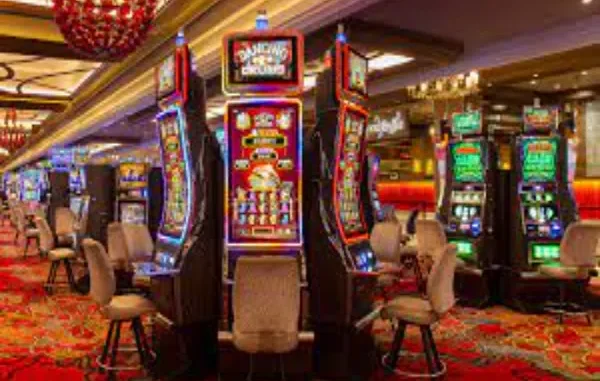
Gambling has existed in various forms for centuries, but only in recent decades have researchers begun to understand the psychological processes behind why some individuals feel compelled to repeatedly place bets despite risks of significant losses. Several key factors appear to interact to produce thrill-seeking behaviors that for a minority spiral into addiction.
Cognition and Motivation
Gambling partly involves skill but has a large element of chance outside the player’s control. Yet, Casino770 gamblers often hold unrealistic beliefs about their ability to succeed. This tendency ties closely to short-term motivation. While gamblers focus on potential emotional and financial gains from a big win, they frequently ignore or downplay risks like the house edge factored into games to ensure the venue profits long-term.
Table 1. Common unrealistic thoughts among frequent gamblers
- Overestimating their skill set and control over winning
- Believing unlikely wins happen more often than statistical reality
- Viewing near misses as predictive of imminent success
The desire itself to chase gambling highs indicates strong motivation for thrill-seeking and internal reward from the activity itself. Even when losing financially over time, gamblers may enjoy the euphoric feeling gambling provides. Researchers link this to increased dopamine and norepinephrine release when anticipating reward uncertainty.
Personality and Biology
While any individual can develop problems controlling gambling, certain personality traits and biological factors make some more predisposed.
Impulsivity significantly associates with disordered gambling habits and addiction. Impulsive individuals focus more on short-term pleasures than potential later consequences when seeking stimulation. Tying back to gambling cognitions, they may dismiss risks readily in favor of the possible thrills of winning during a gambling session itself.
Compared to the general population, gamblers also tend to score higher on measures of sensation-seeking. This reflects a keen appetite for novel and intense experiences such as gambling can provide. It also intertwines closely with impulsivity in terms of willingness to take substantial or poorly calculated risks for such sensation-seeking reward.
In terms of biology, multiple studies reveal disordered gamblers have elevated norepinephrine levels compared to recreational gamblers and non-gamblers. As norepinephrine relates closely to stress and arousal, this suggests pathological gamblers feel increased stimulation and pressure around uncertainty and taking risks. Researchers still debate whether this causes or results from extreme gambling behaviors. Either way, it demonstrates the long-lasting biological imprint excessive gambling can have.
Addiction
A minority of gamblers develops addictive behaviors, continuing to gamble compulsively despite escalating negative financial, professional, social, and psychological consequences.
Problem gambling meets many criteria matching substance dependencies. These include tolerance where they must raise the stakes to achieve the same thrill, withdrawal when unable to play verovapaat kasinot , and repeated failed attempts to reduce gambling habits. This minority falls prey to cognitions that heavily minimize risks and inflate their perceived skill and chances of winning.
Over time, an addictive process can develop neurochemically, making the brain dependent on dopamine released during gambling to feel pleasure and reinforcement. This entrenched addiction can persist even after a gambler recognizes excessive gambling as destructive, highlighting a lack of conscious control.
Conclusion
In summary, gambling provides a thrill-seeking experience driven largely by chance rather than skill. For most individuals it remains purely recreational, but others develop unrealistic cognitions about their likelihood of success. When combined with personality traits like impulsivity and sensation-seeking as well as possible biological predispositions, these irrational thought patterns can fuel compulsive behaviors that grow into addiction for a subsection of gamblers. While gambling undoubtedly carries inherent risks, better understanding the psychological and biological factors underlying pathological gambling enables targeting those most susceptible with support and harm minimization.

Leave a Reply